“Ravelin” N.O.V.A. Zeoform
Any aspiring port-watcher will be able to recognize the intricate dance of Near Orbit Vehicular Arrays around arriving and departing vessels. These large, multi-limbed zeoforms stevedore cargo slabs, pull entire hull plates, and conduct the most complex, large-scale maintenance tasks while delicately hanging in near-zero G environments.
Pilots of N.O.V.A. type zeoforms have to not only be well-trained to handle their considerable mass, but have an innate sense of their orientation and drift at all times.
It should come as no surprise that armed N.O.V.A. type zeoforms are the largest used by Pact forces in a combat role. These can be easily identified not only by their size, but also their distinctly non-humanoid limb layout and chassis configuration.
The heavily armed and armored “Ravelin” type are particularly favored by Pact cells. Conceived as an on-site scrapping and salvaging model, they are tough enough to survive even a direct orbital insertion if required, a useful trait for sudden interventions.
Ravelin N.O.V.A. are named after an ancient term for outer defensive workings, and it appears to be more than just a name. They are often used to escort the mobile bases of nomadic groups, or as moveable emplacements for more permanent Pact structures.
One of the most respected analysts, known both for highly detailed breakdowns and post-engagement evaluation as well as more informal “pop” texts is “Drew Chambert” (a nom de plume). Little is known about this writer except it is evident they are or have been a zeo designer, possibly even a pilot at some point, and have some quite deep connections into both Pact and GuardCorps operations. Their writings and audiocasts are available across all one hundred heliospheres to a greater or lesser extent.

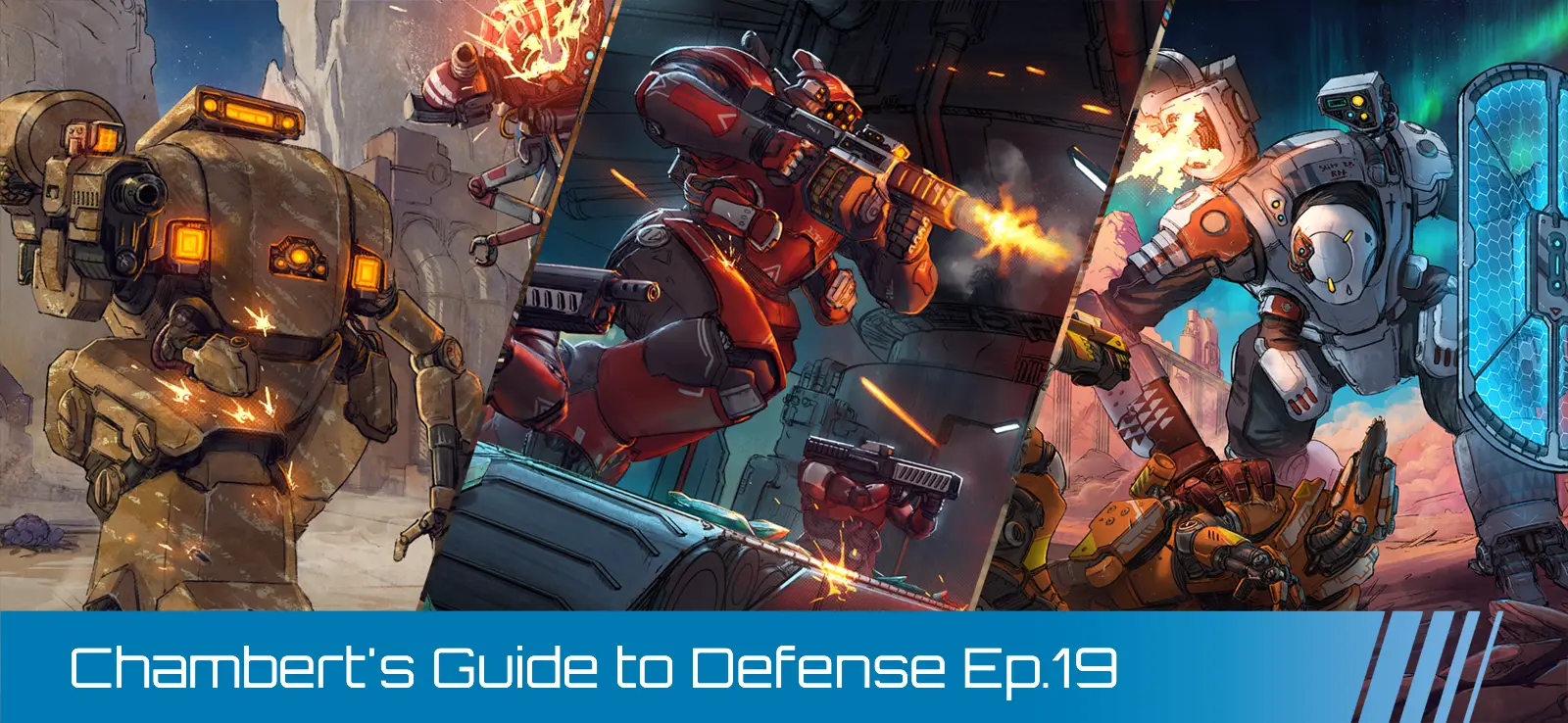
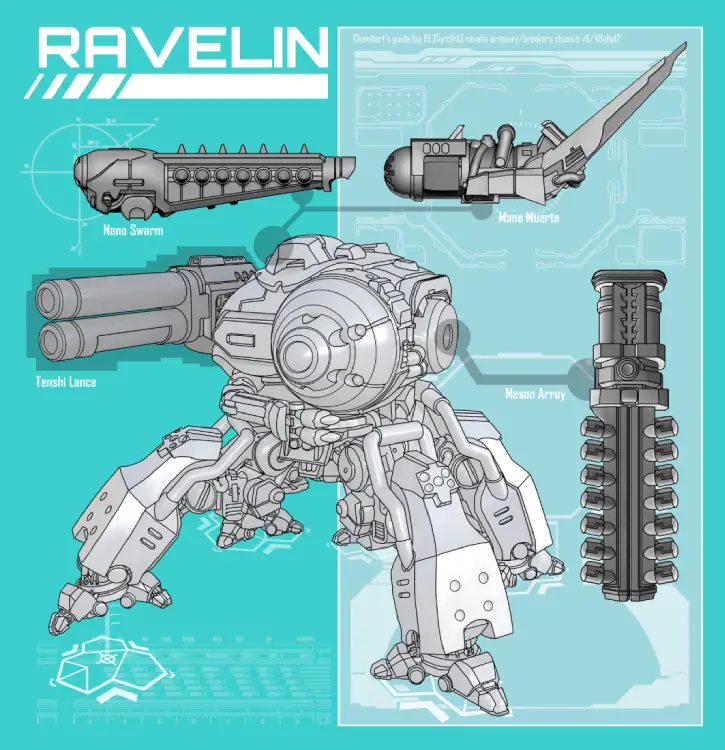
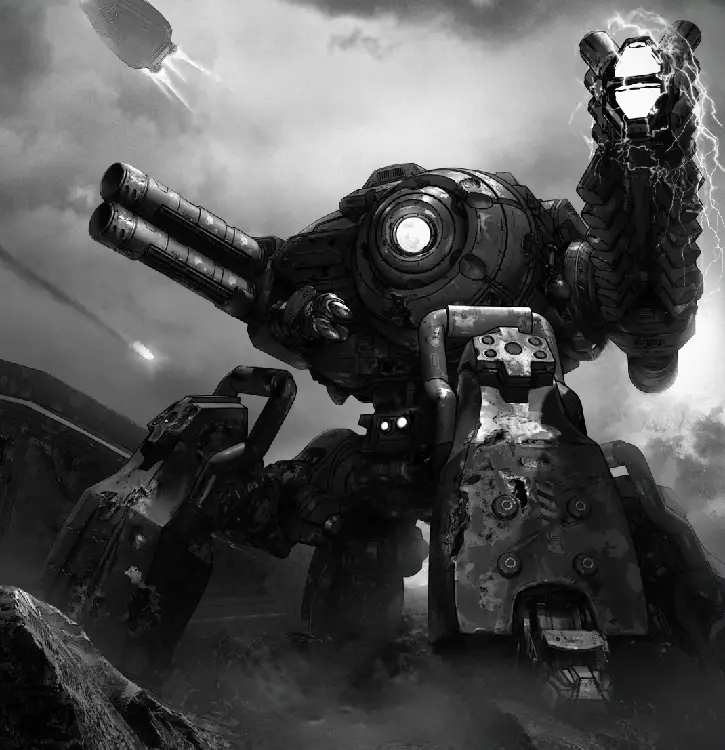





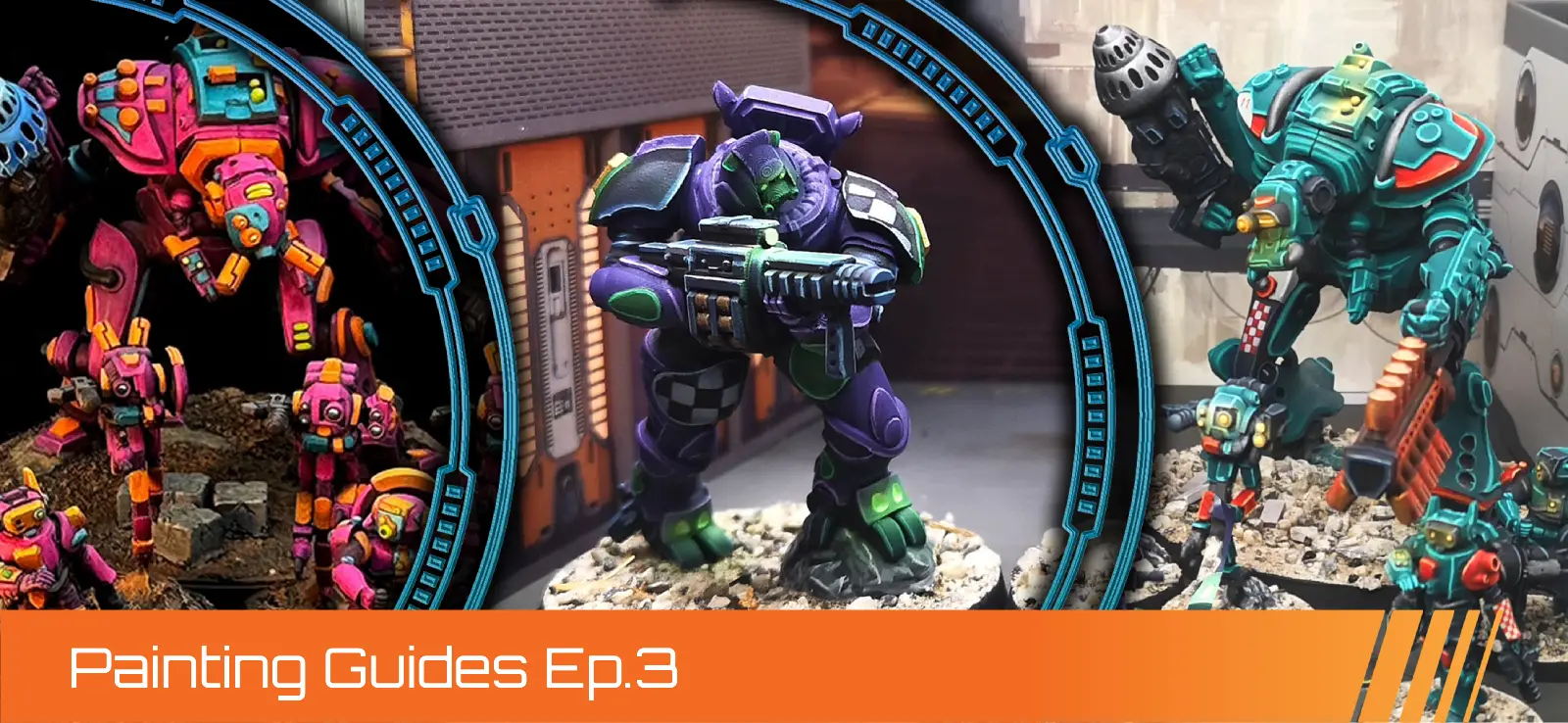
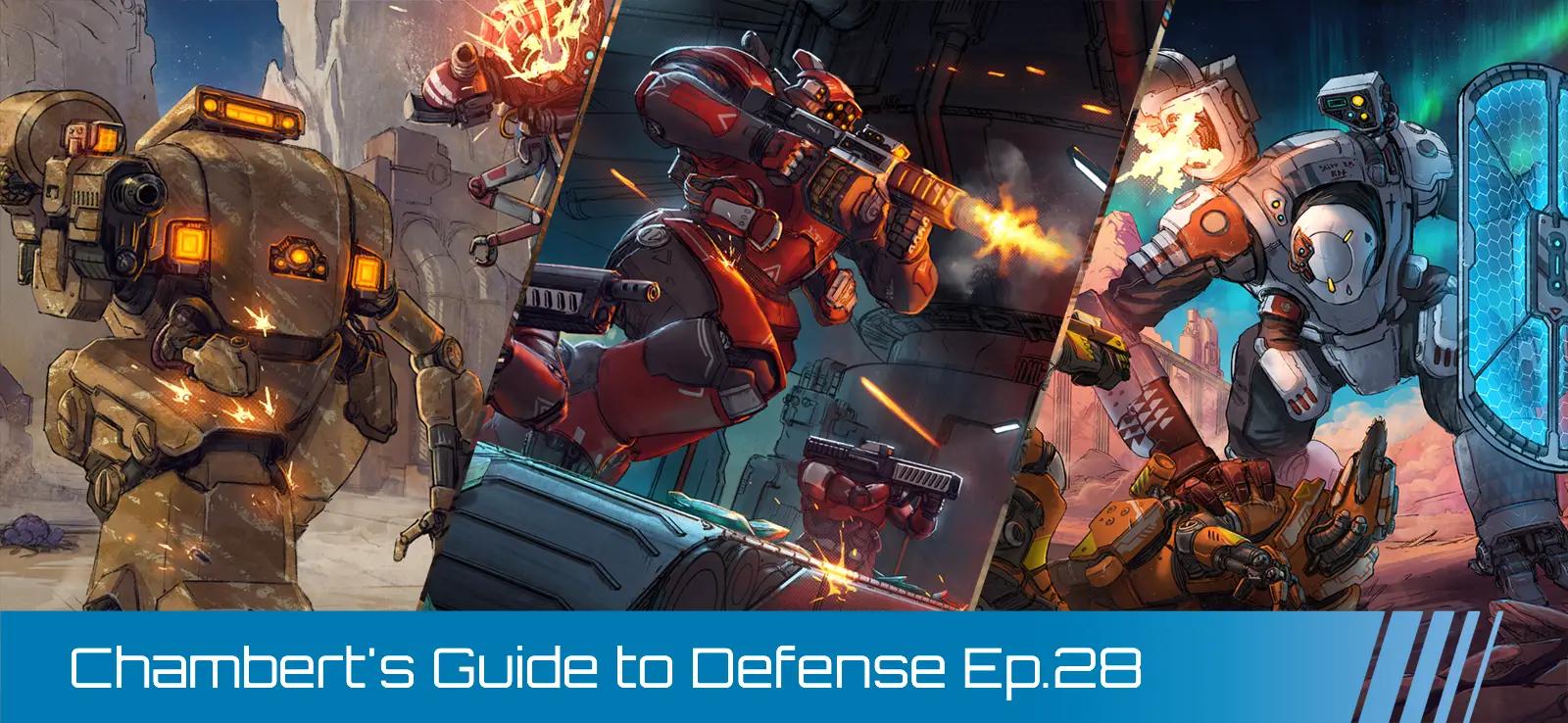
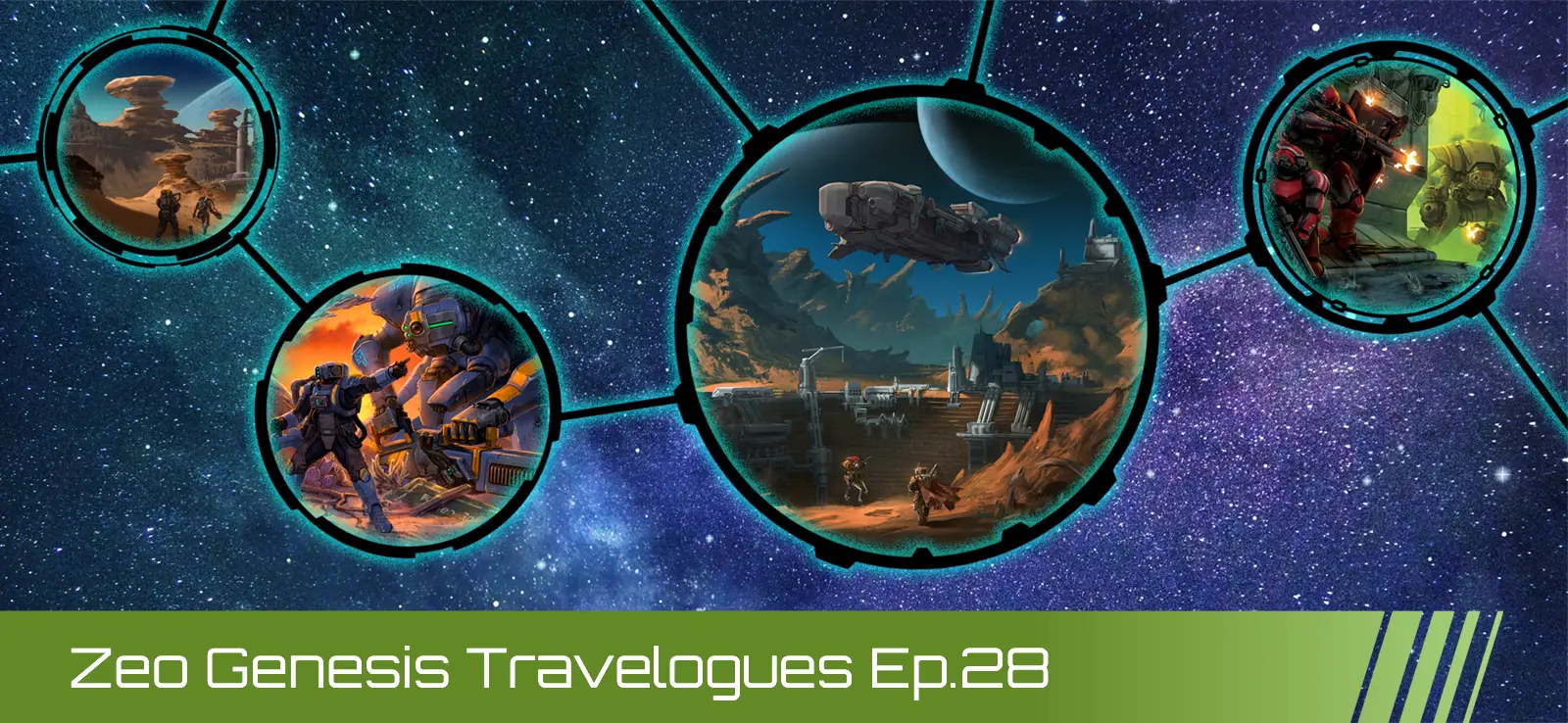
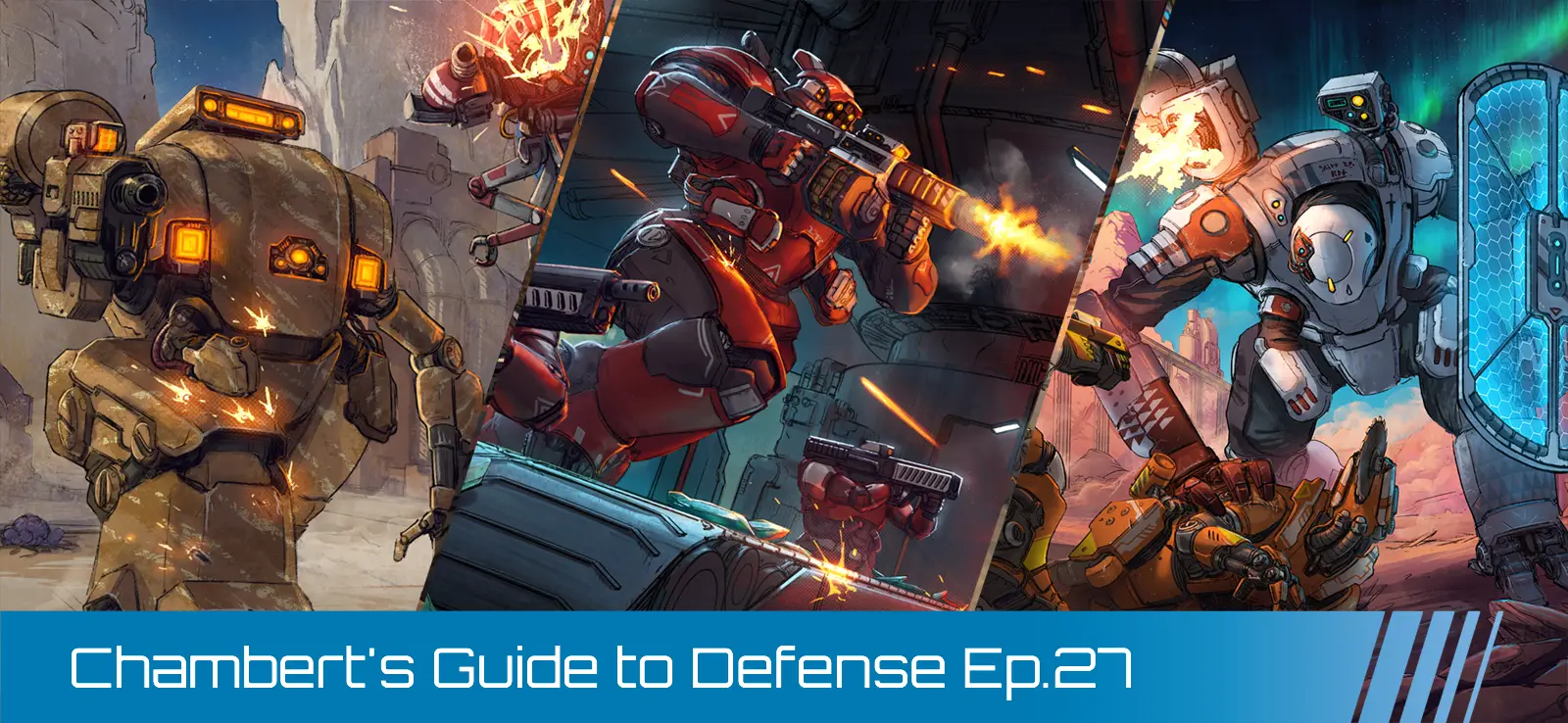
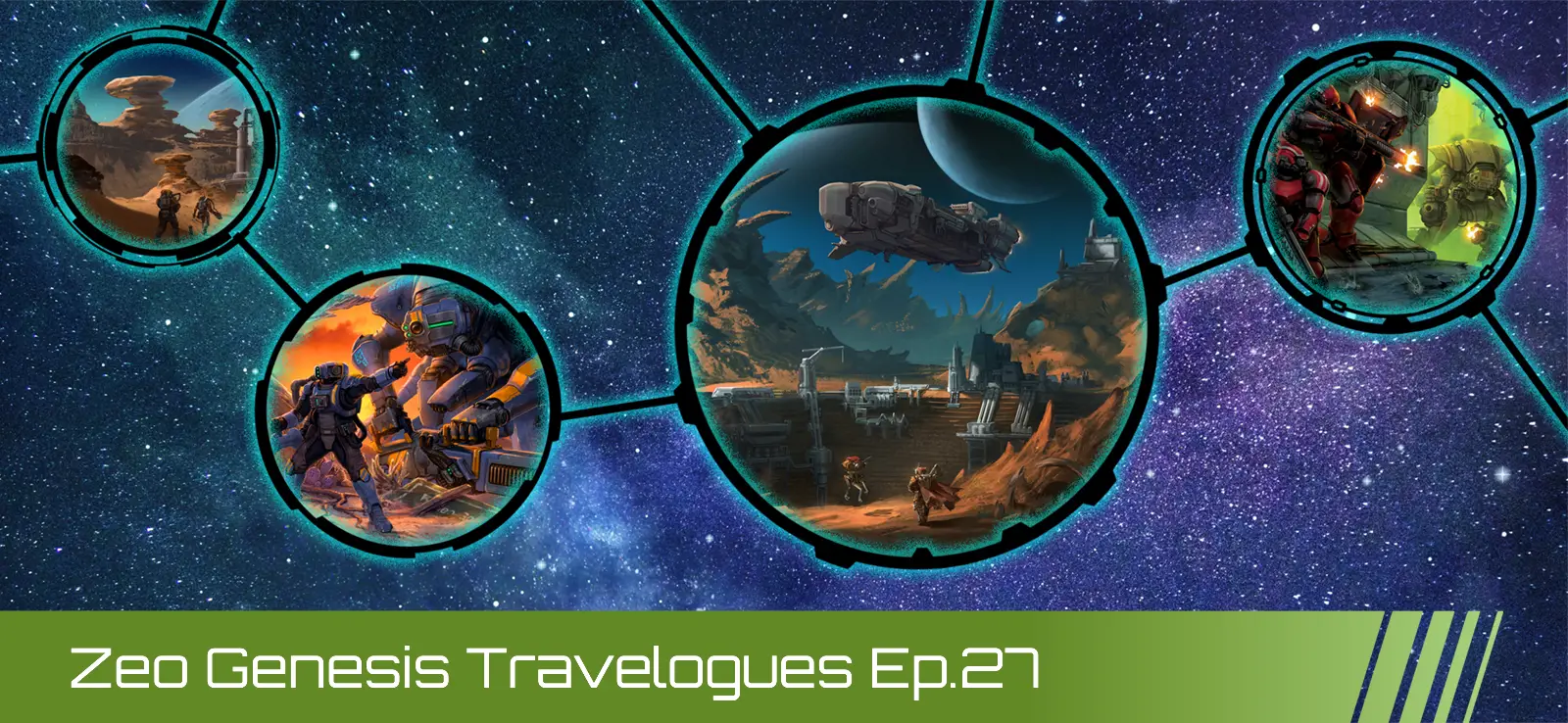
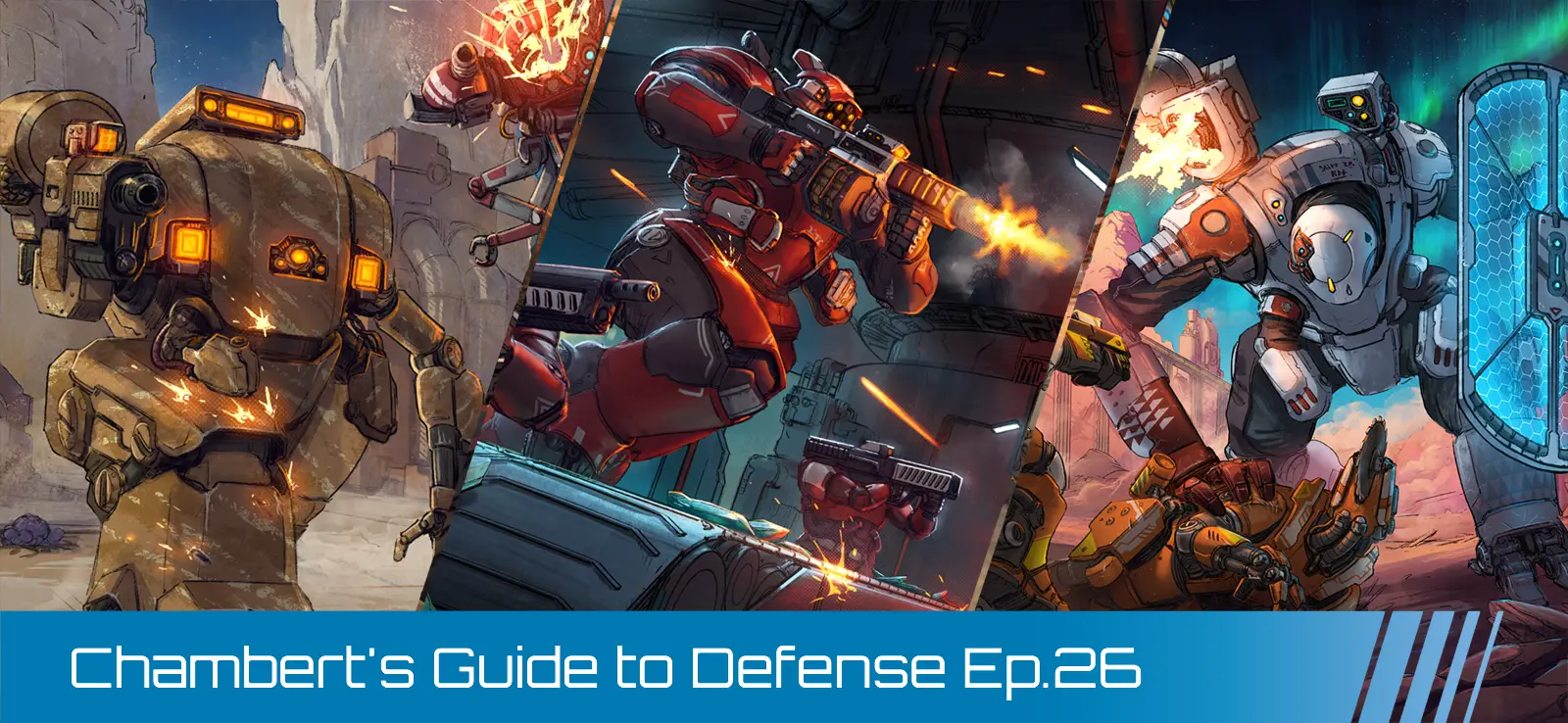
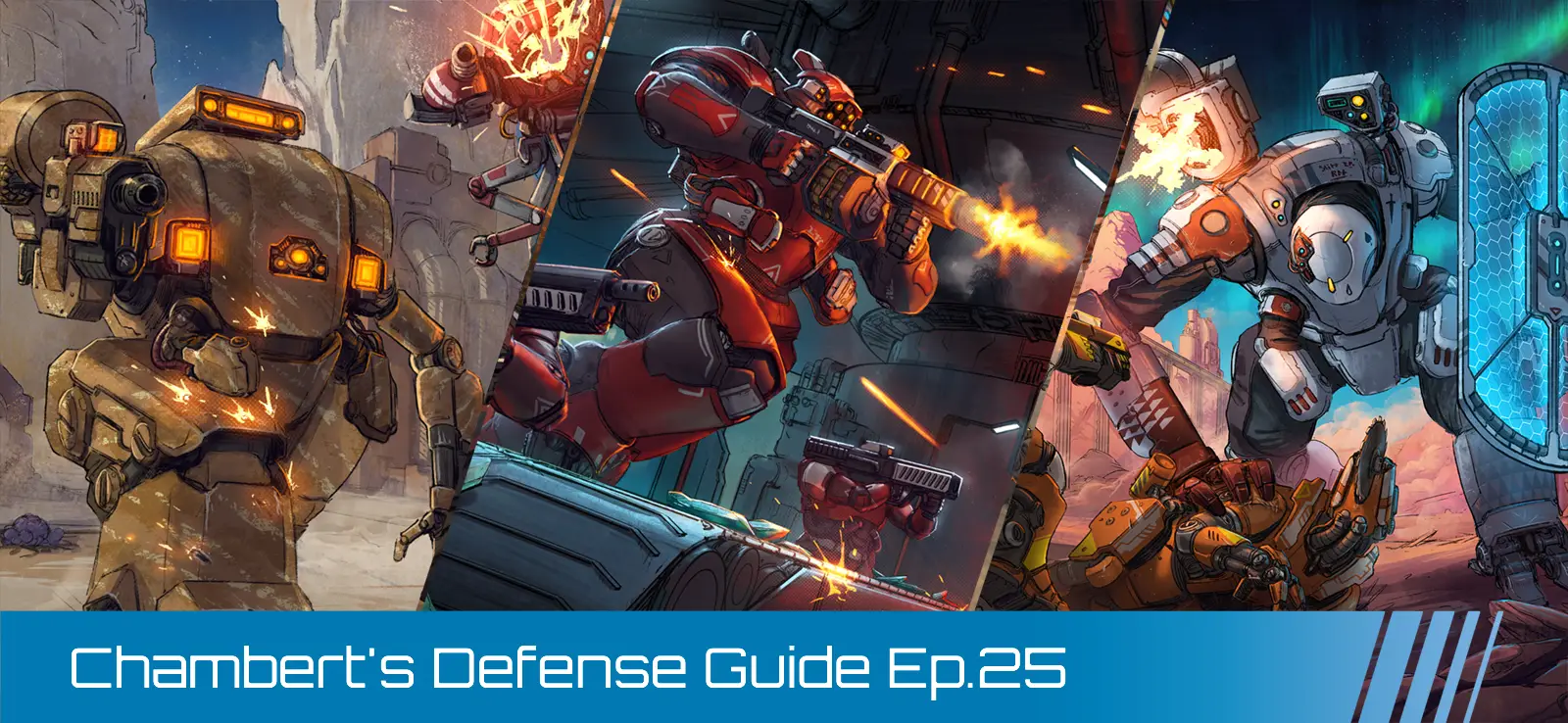
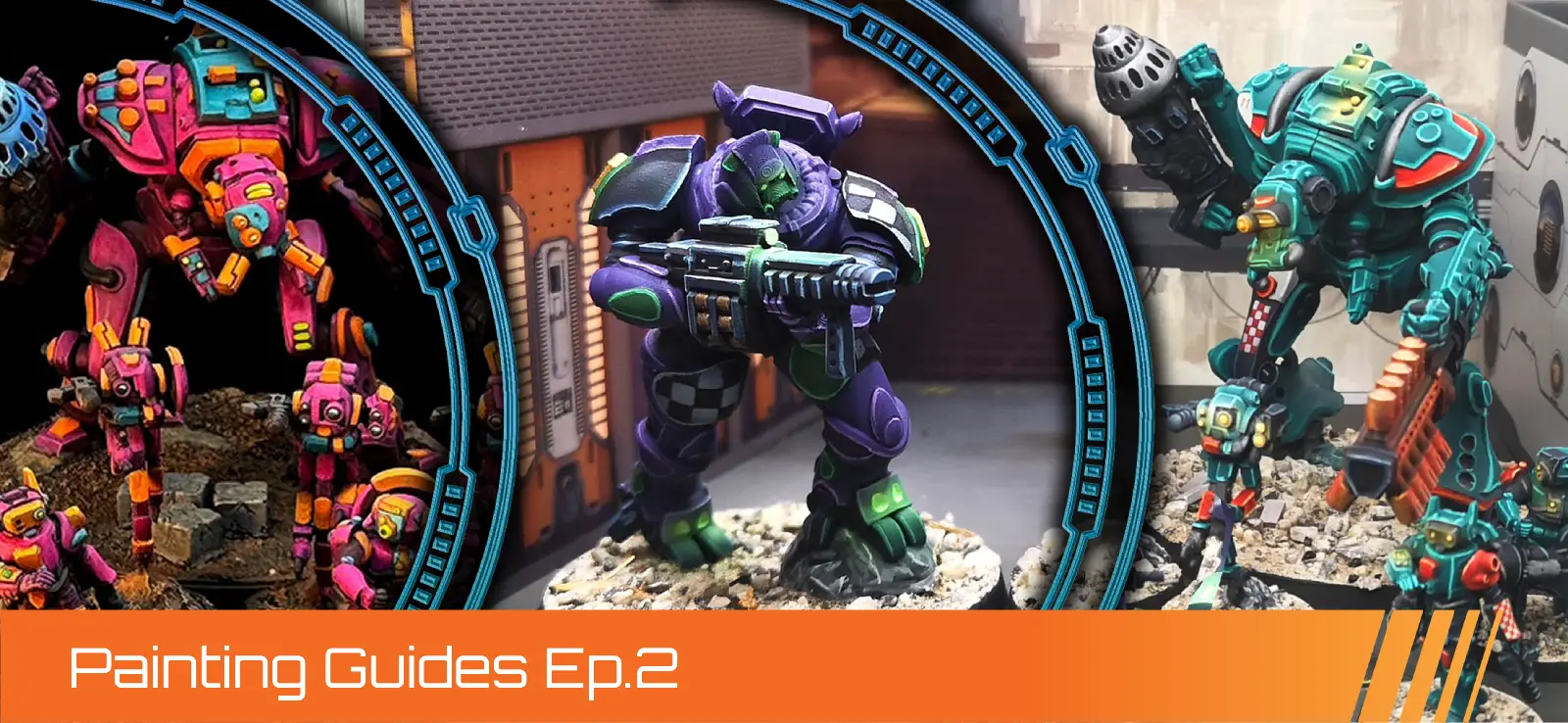
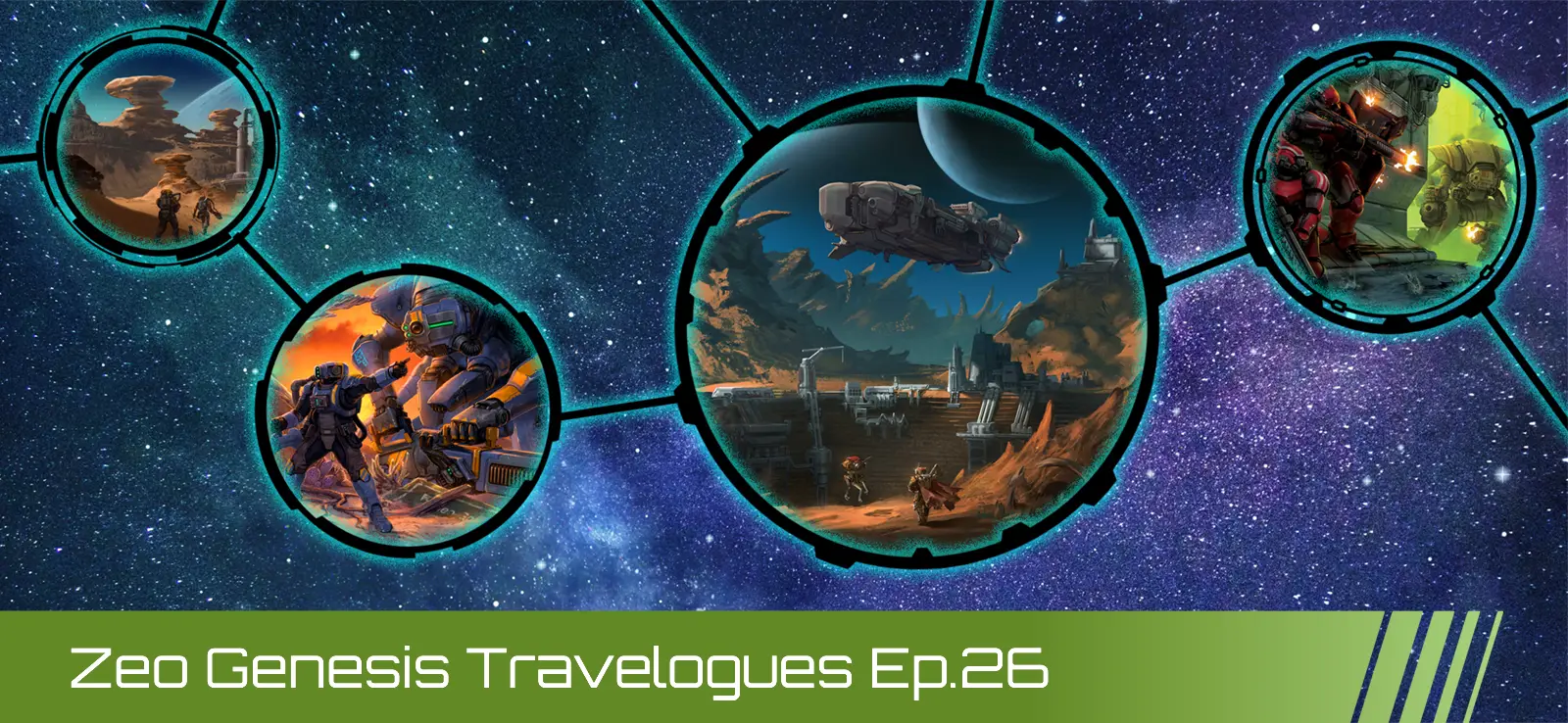
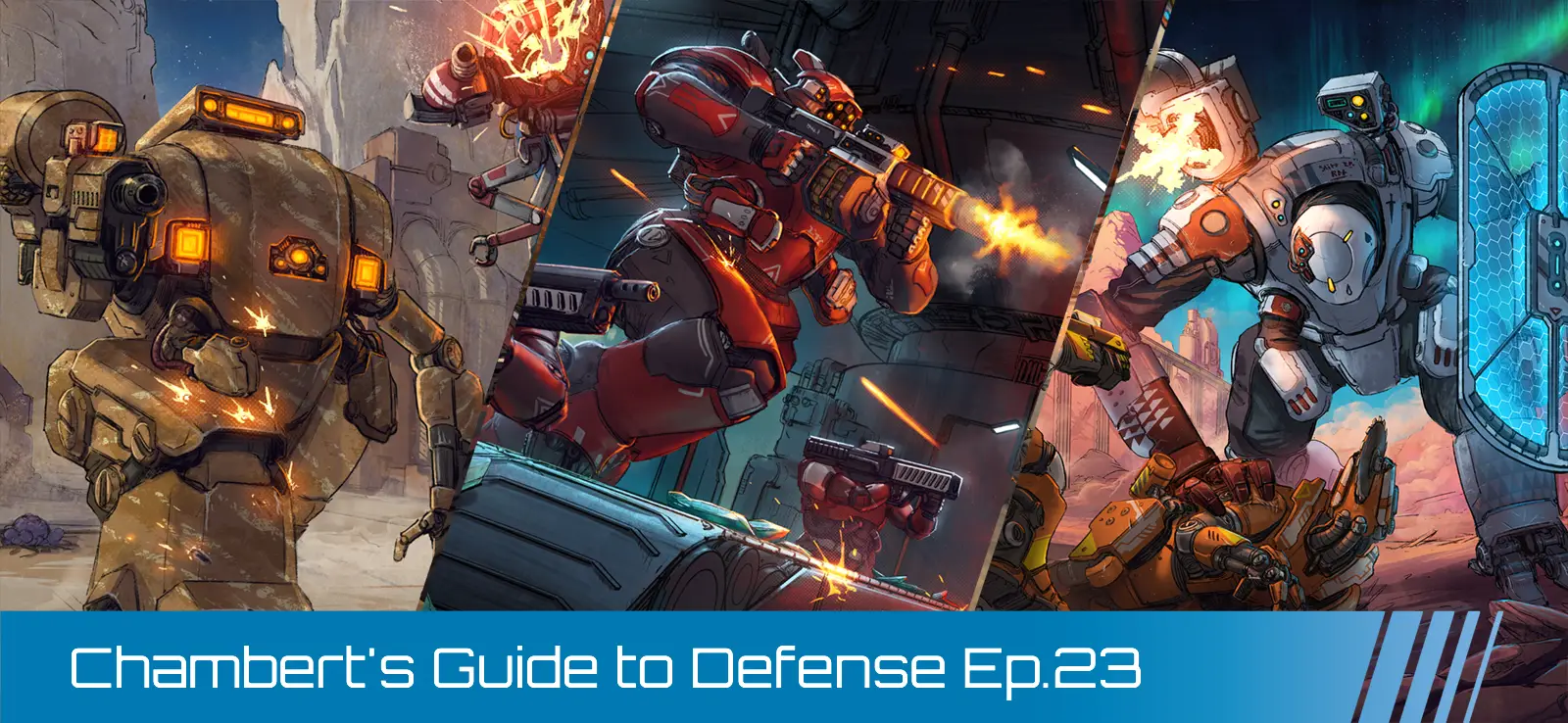

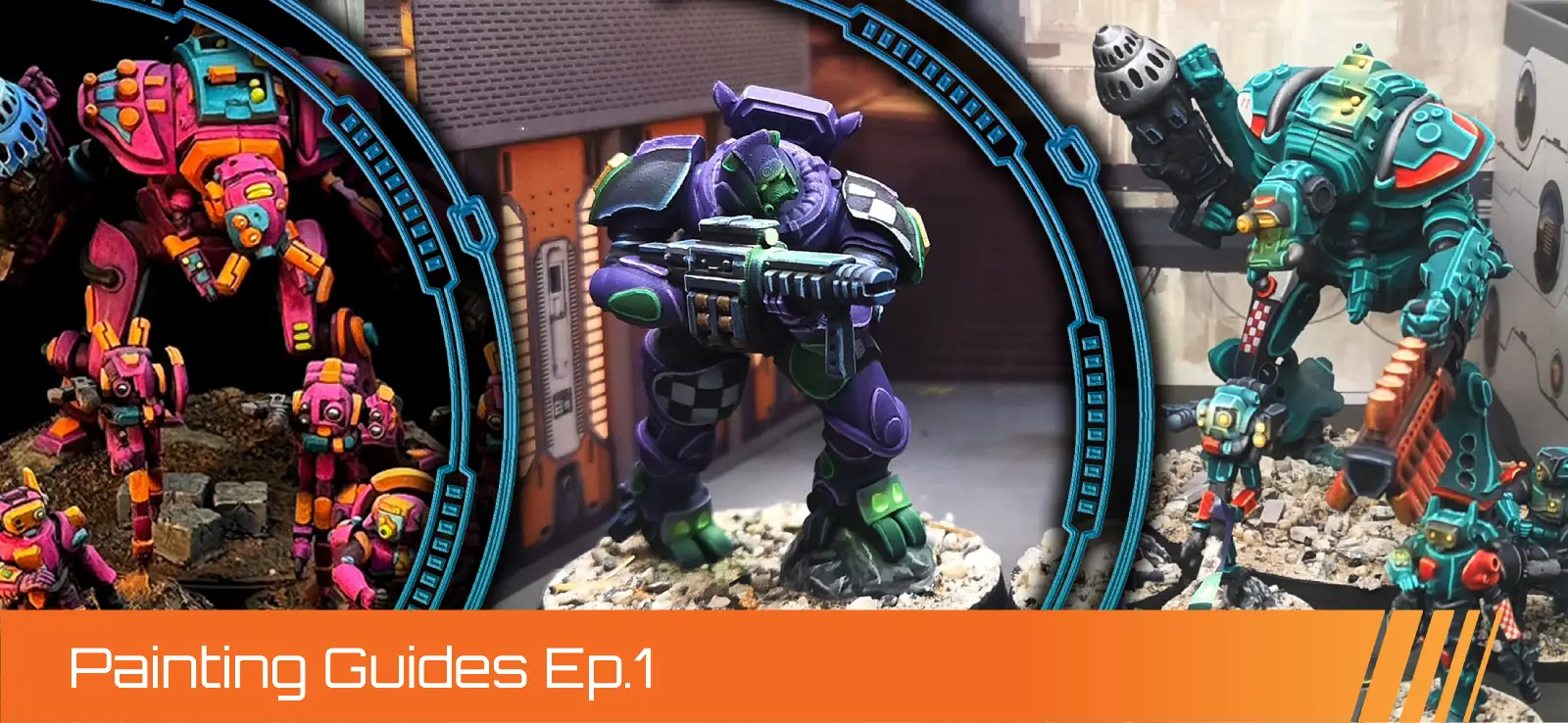
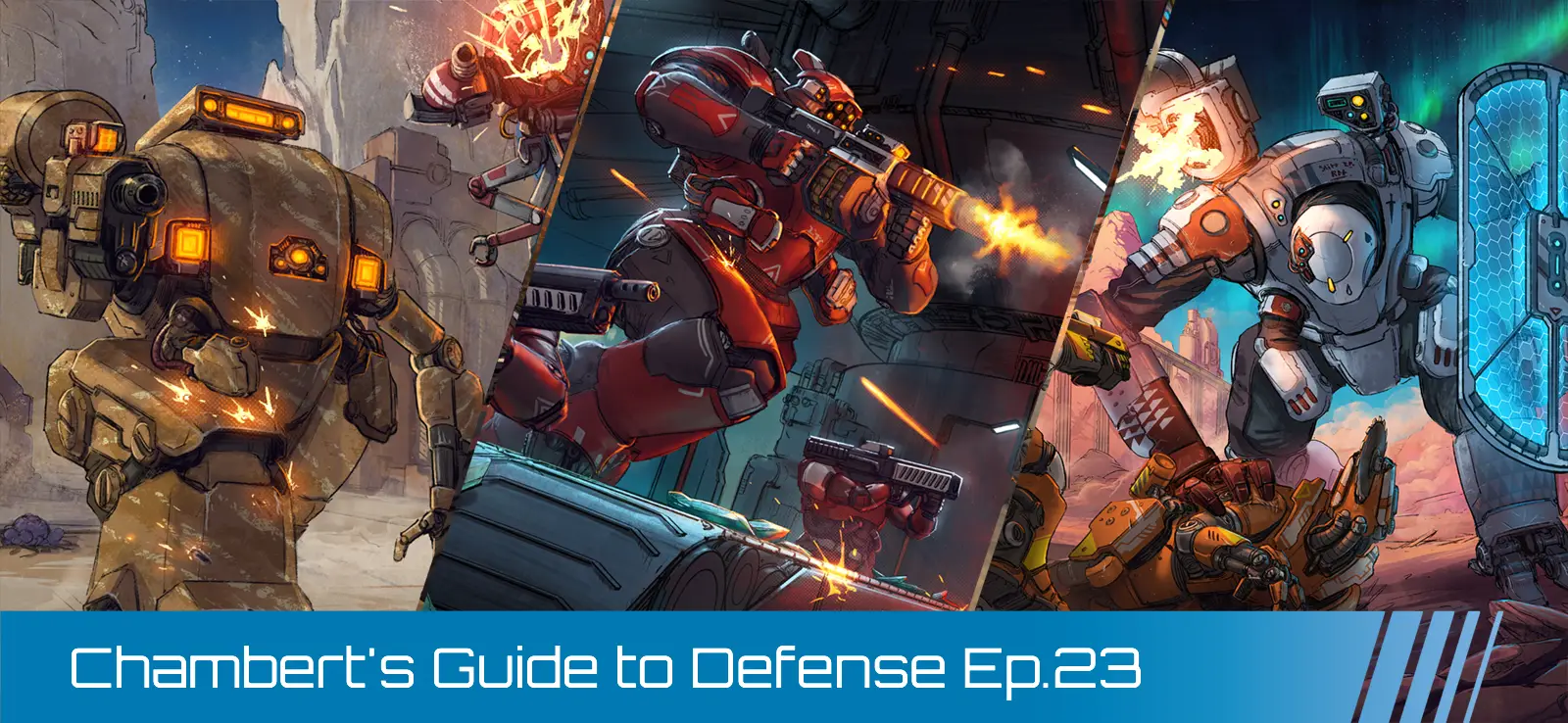
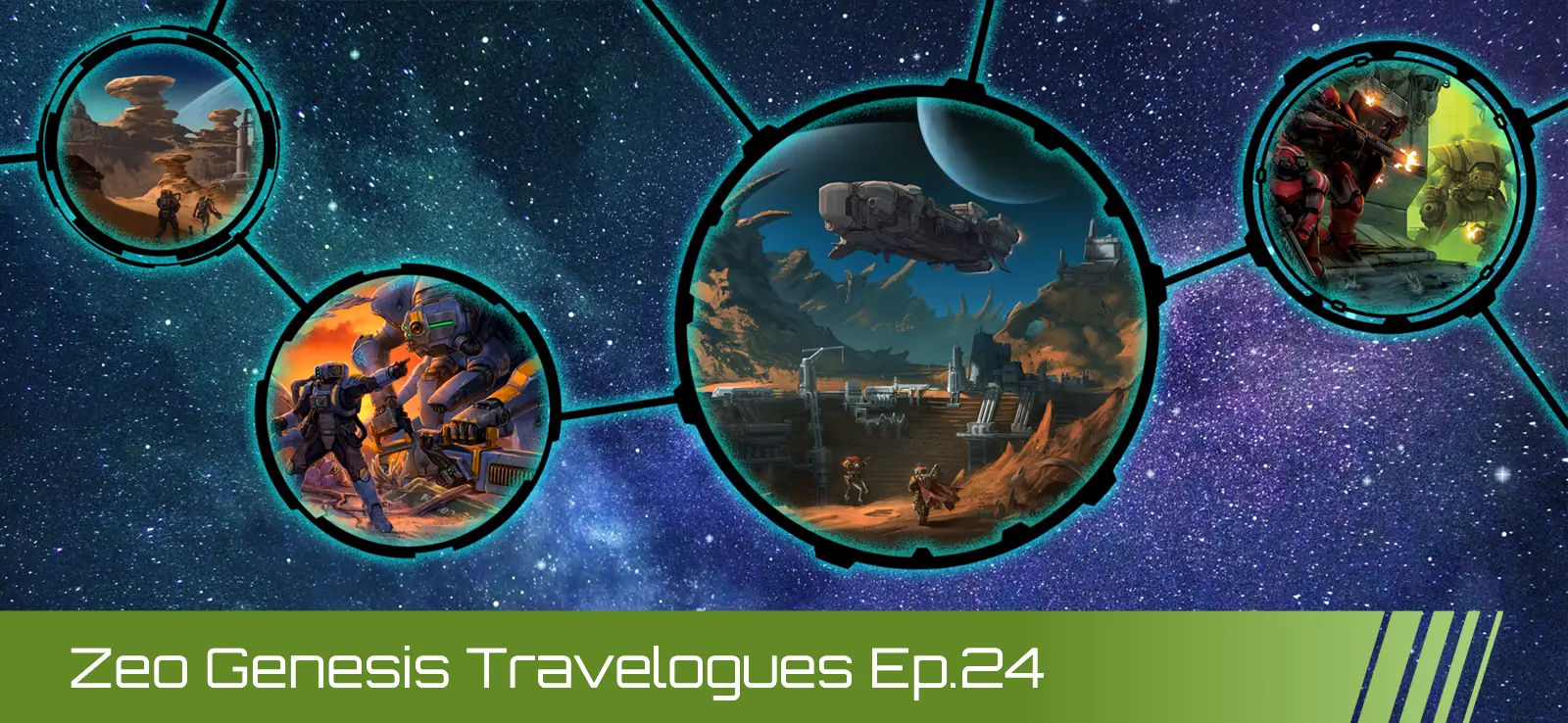
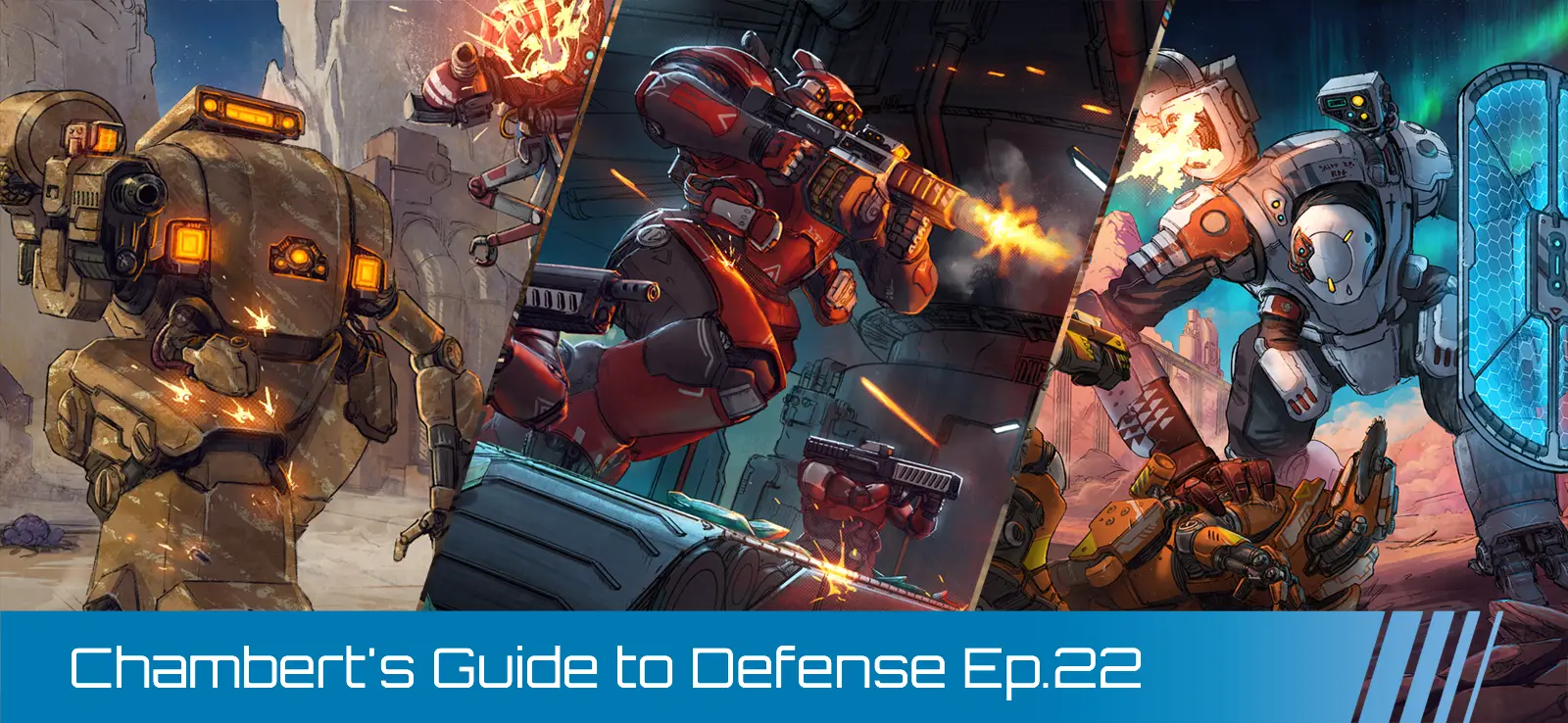
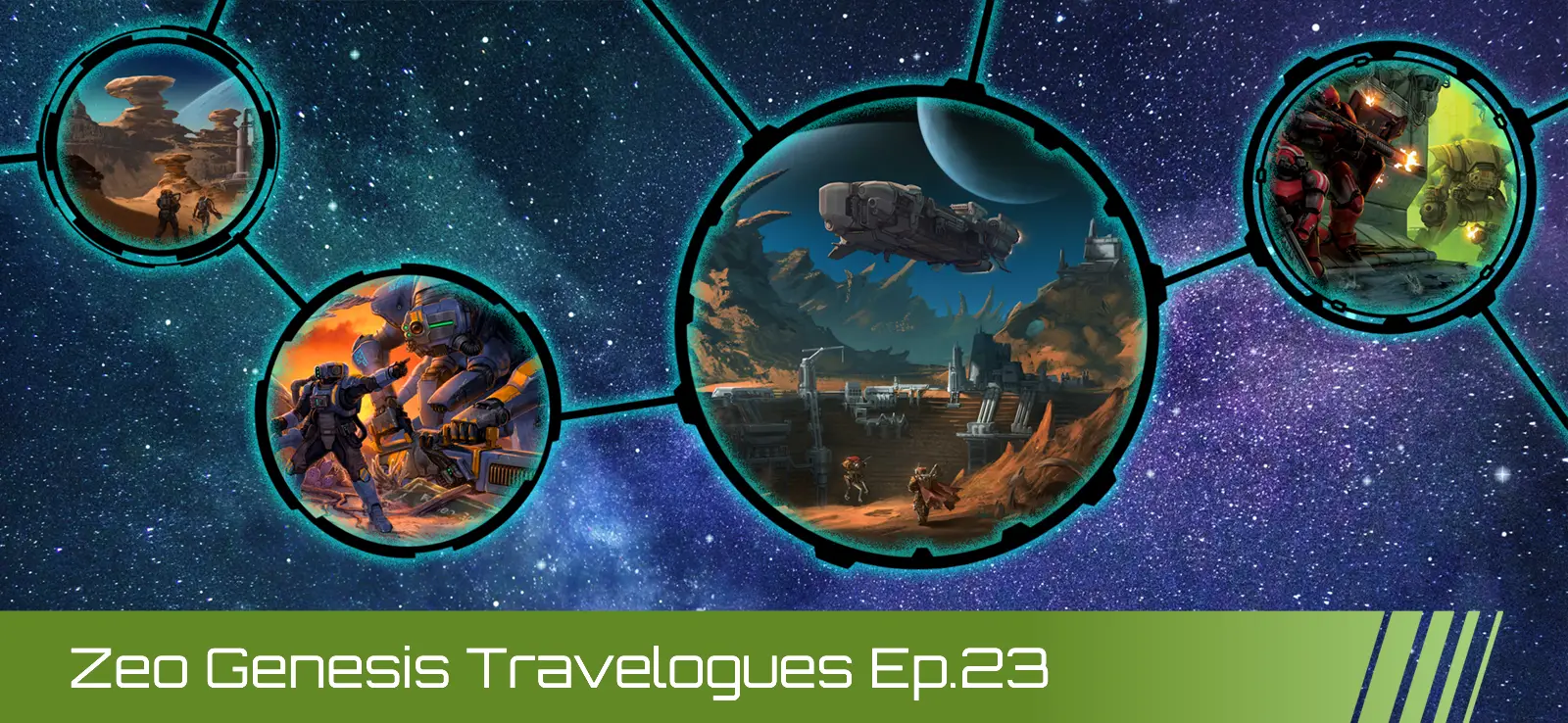
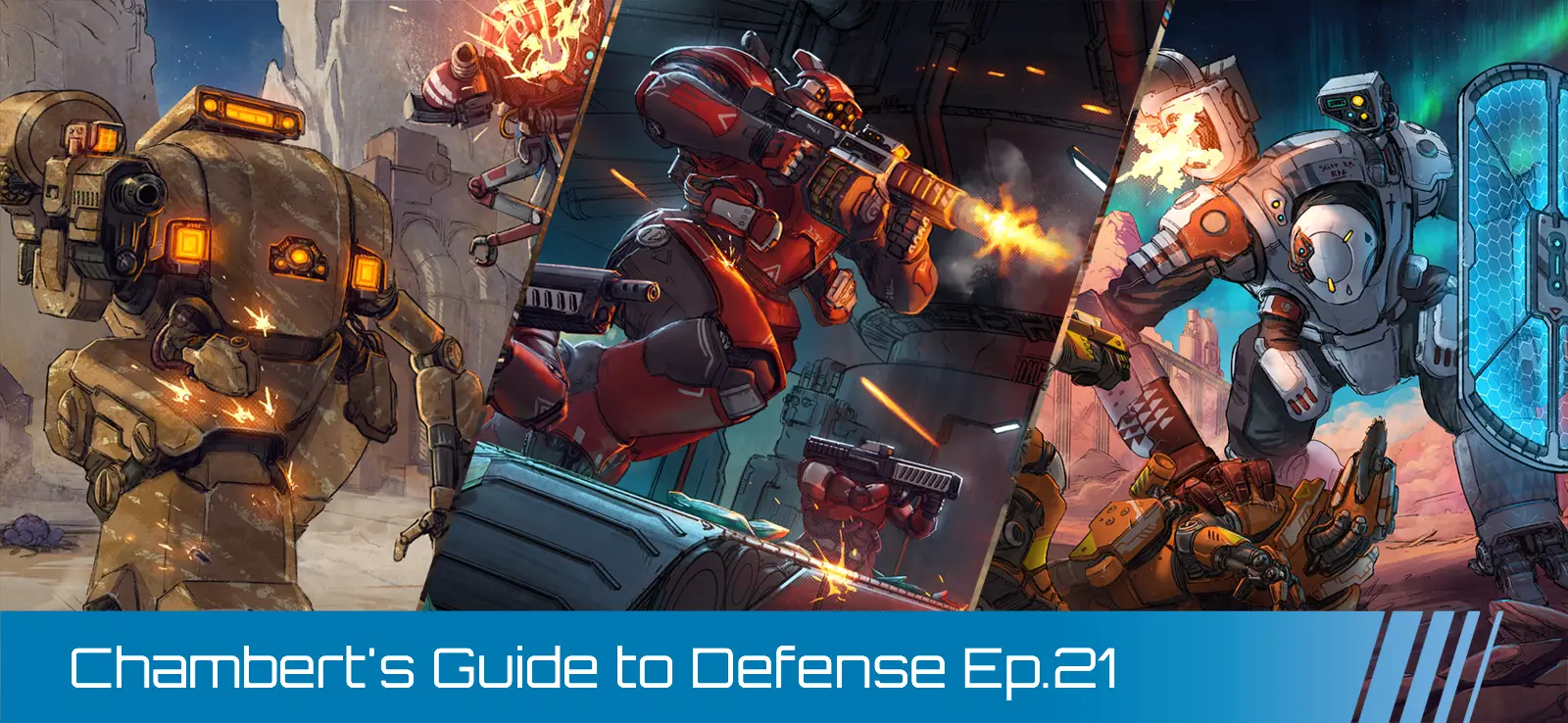
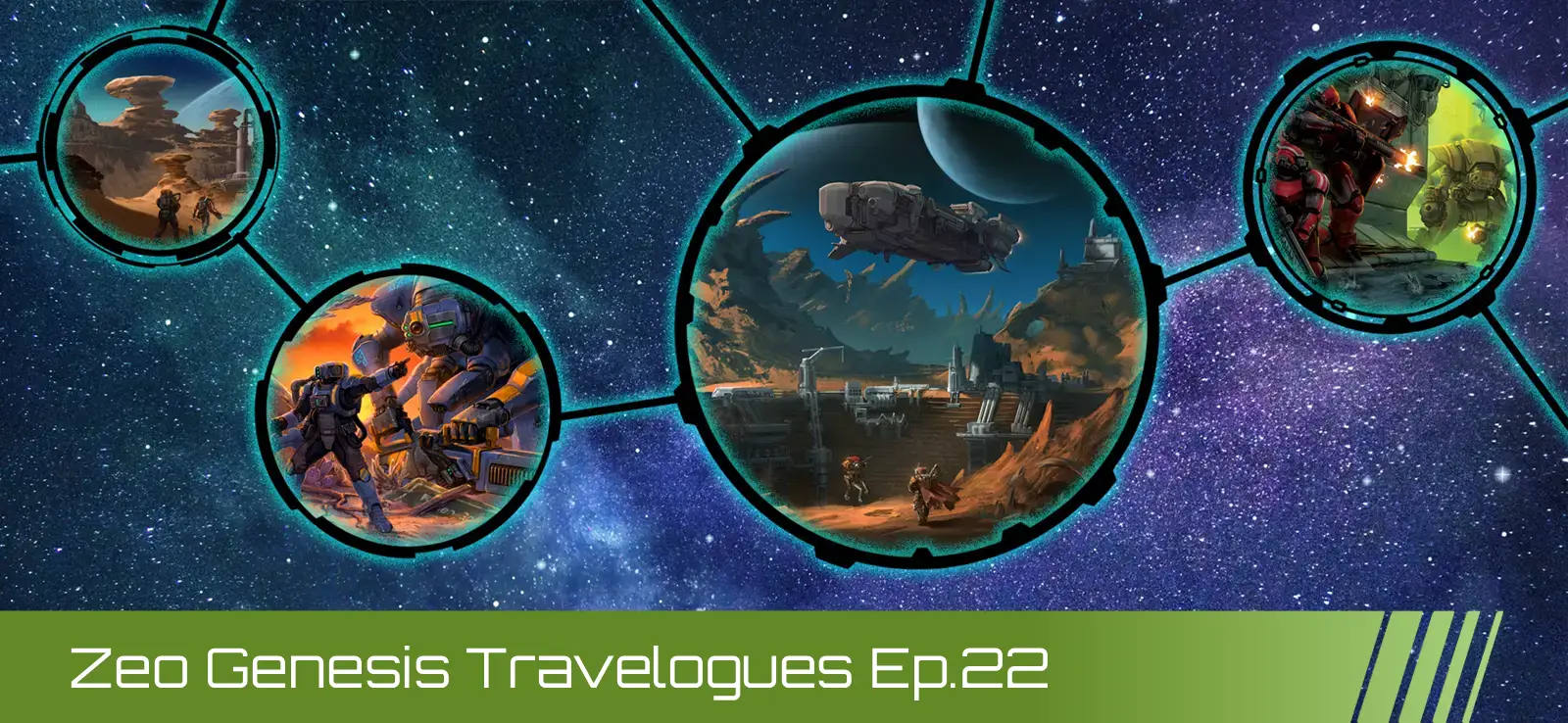
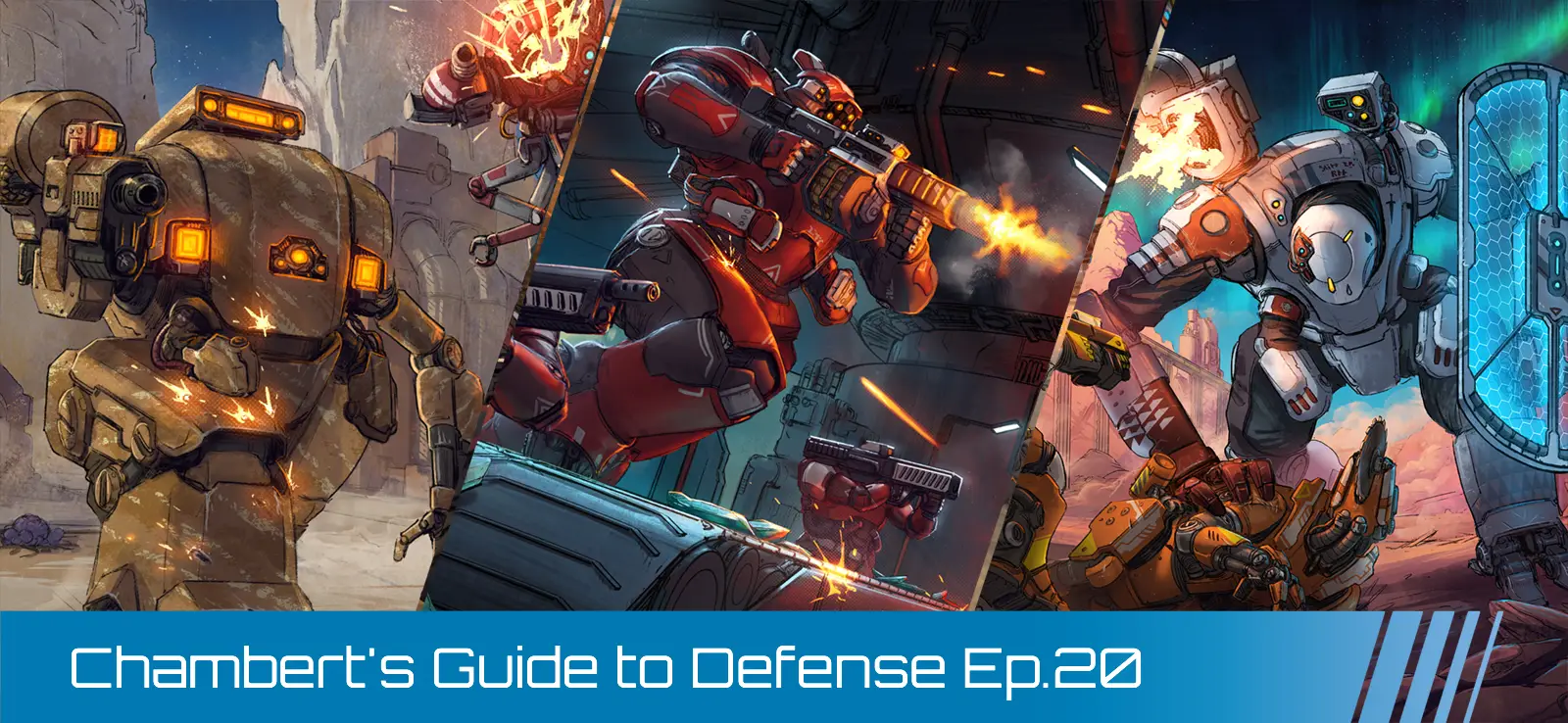
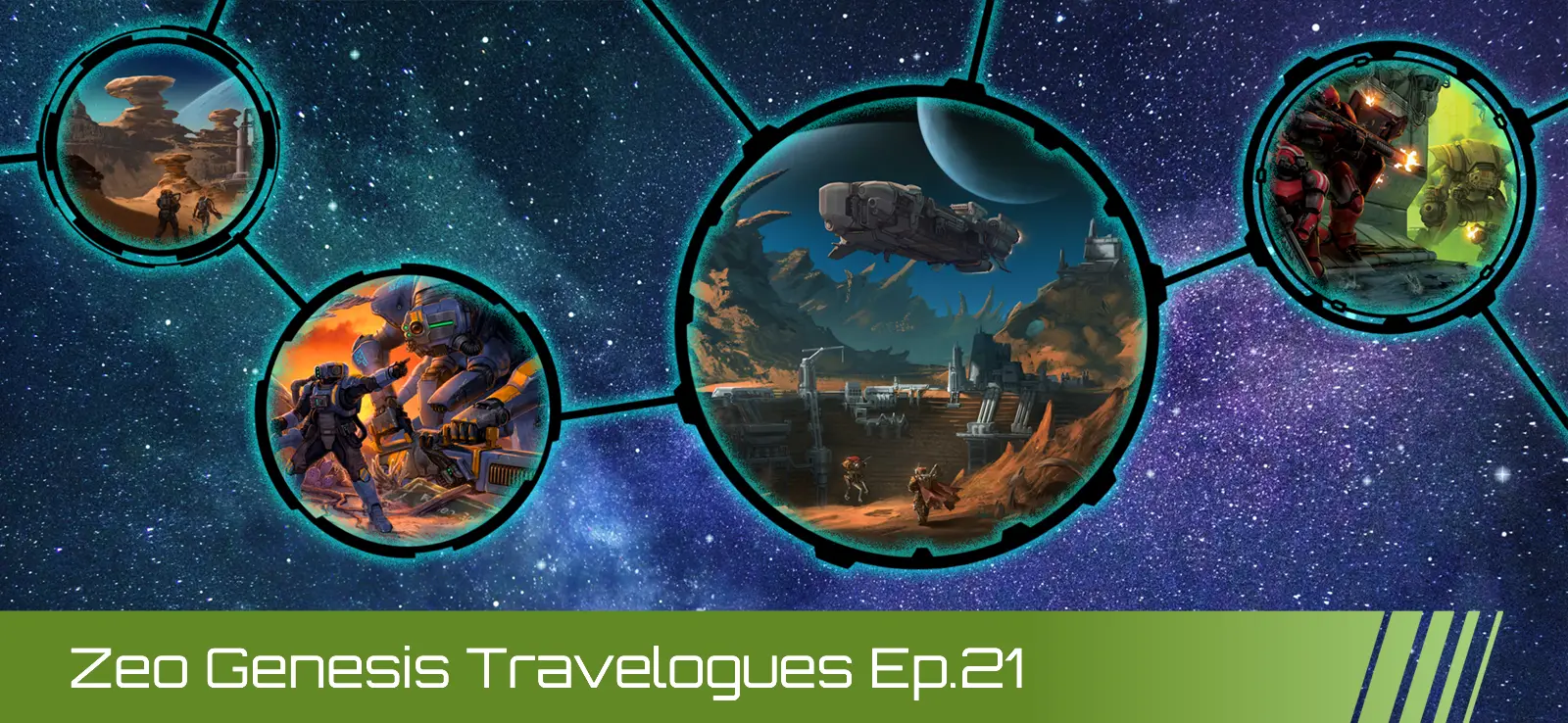







































.webp)




